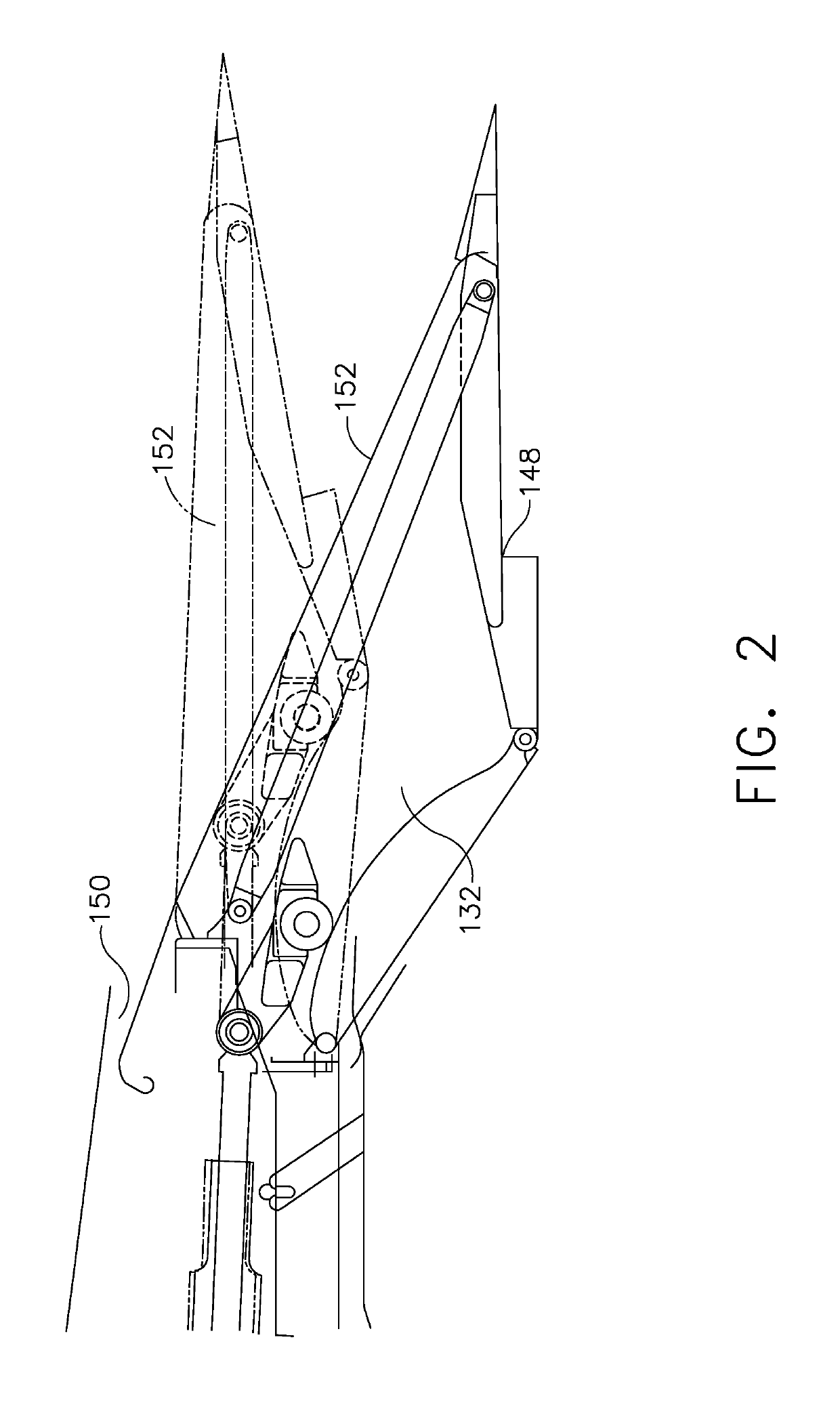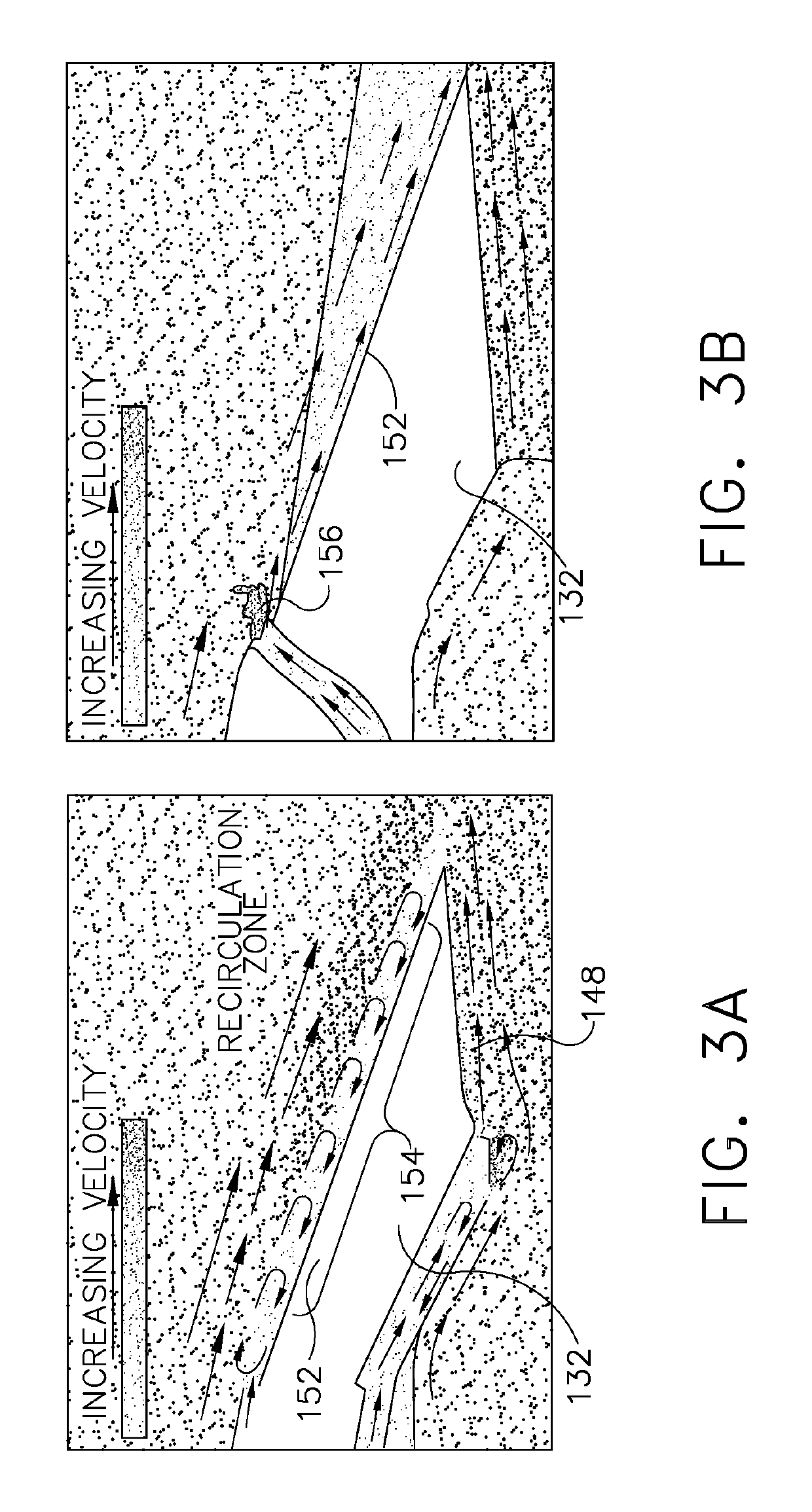Secondary nozzle for jet engine
a turbofan engine and second nozzle technology, applied in the direction of machines/engines, sustainable transportation, climate sustainability, etc., can solve the problems of low inlet pressure to the third stream, inability to exhaust the third stream air into the core, and pressure drop of the third stream air, so as to improve the operation of the engine over a conventional turbofan engine, increase the cooling capacity, and extensive cooling
- Summary
- Abstract
- Description
- Claims
- Application Information
AI Technical Summary
Benefits of technology
Problems solved by technology
Method used
Image
Examples
Embodiment Construction
[0022]In modern fighter aircraft, the engine may be installed in an engine bay of the aircraft, and a gap exists between the engine and the aircraft structure. Air flows through this gap and the air flowing though this gap exits or exhausts at the leading edge of the outer flaps where the air pressure is at ambient or sub-ambient conditions. FIG. 1 depicts the pressure contours along the exterior of a jet 10. The low pressure region is shown along outer flaps 12 of engine 14 at a predetermined speed.
[0023]The differences between the turbofan of the present invention having the FLADE™ air stream and a conventional turbofan engine having two airstreams can be appreciated with reference to FIG. 5, which depicts a turbofan that includes a FLADE™ duct or third stream duct and FIG. 4, which depicts a conventional turbofan engine. FLADE™ duct and third stream air duct, as well as FLADE™ air stream and third air stream may be used interchangeably herein, the differences between the two bein...
PUM
 Login to View More
Login to View More Abstract
Description
Claims
Application Information
 Login to View More
Login to View More - R&D
- Intellectual Property
- Life Sciences
- Materials
- Tech Scout
- Unparalleled Data Quality
- Higher Quality Content
- 60% Fewer Hallucinations
Browse by: Latest US Patents, China's latest patents, Technical Efficacy Thesaurus, Application Domain, Technology Topic, Popular Technical Reports.
© 2025 PatSnap. All rights reserved.Legal|Privacy policy|Modern Slavery Act Transparency Statement|Sitemap|About US| Contact US: help@patsnap.com



